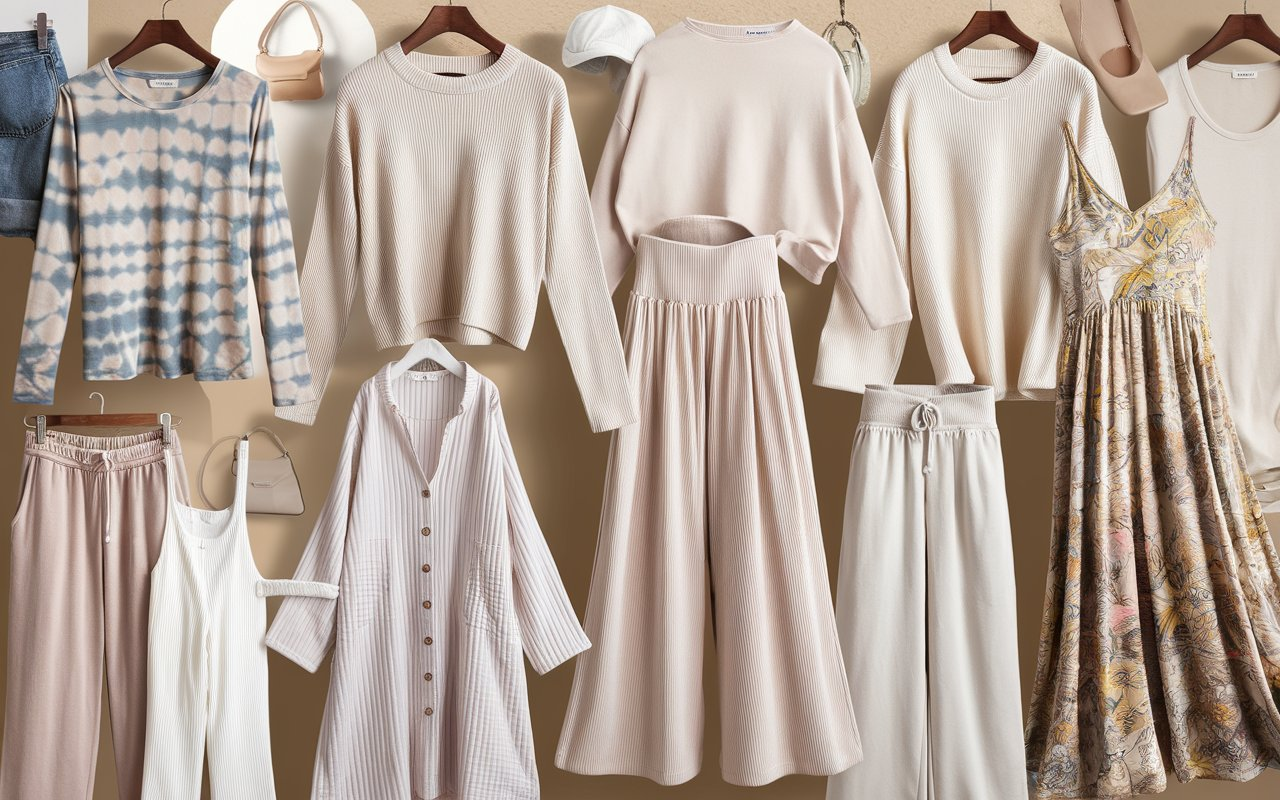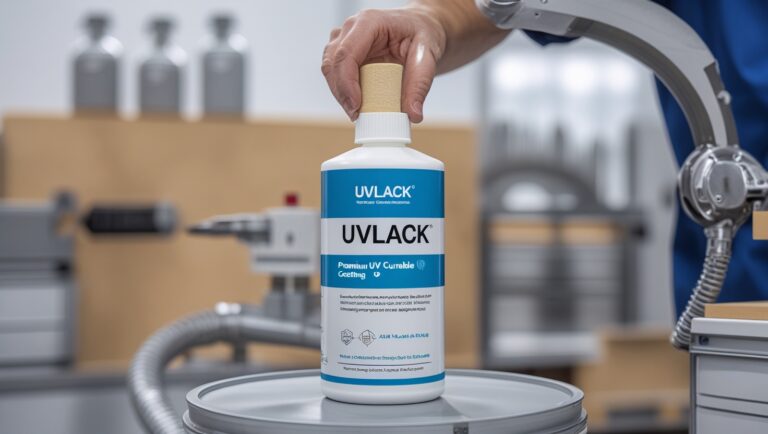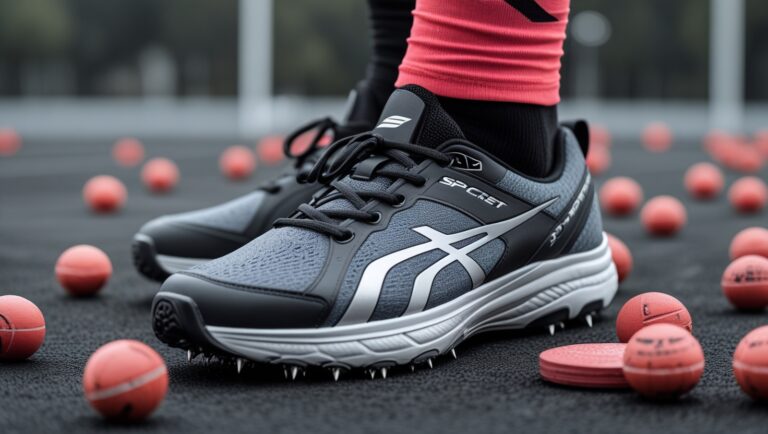
Introduction:
Comfort clothing is a term used to describe apparel designed with the wearer’s physical and emotional ease in mind. Clothing comfort is a multifaceted concept, encompassing how fabrics, fits, and designs affect a person’s overall sense of well-being. While discomfort in clothing can be easily identified by the wearer’s physical sensations—such as itching, tightness, or restrictive movements—describing comfort clothing in positive terms can be more challenging. Comfort clothing aims to mitigate discomfort and provide an optimal wearing experience.
The Role of Fabrics:
One of the primary factors in comfort clothing is the choice of fabric. Soft, breathable materials like cotton, bamboo, and modal are often used in comfort clothing due to their gentle touch against the skin and their ability to regulate temperature. These fabrics help to minimise irritation and sweating, contributing to an overall feeling of ease. Comfort clothing manufacturers focus on using high-quality, hypoallergenic materials that enhance the garment’s comfort level, ensuring that wearers experience minimal friction and maximum relaxation.
Fit and Design Considerations:
The fit and design of comfort clothing are crucial elements in determining how comfortable a garment will be. Loose-fitting, non-restrictive designs are often preferred in comfort clothing because they allow for freedom of movement without causing pressure or constriction. Features such as adjustable waistbands, elastic cuffs, and relaxed cuts contribute to a garment’s comfort by accommodating various body shapes and sizes. It prioritises designs that enhance mobility and prevent chafing, which is essential for maintaining a sense of well-being throughout the day.
The Importance of Seamless Design:
In the realm of comfort clothing, seamless design plays a pivotal role in enhancing the wearer’s experience. Seamless garments eliminate the irritation often caused by traditional stitching, which can lead to chafing and discomfort. By incorporating seamless construction techniques, comfort clothing provides a smoother fit that moves with the body without creating pressure points. This design innovation is especially beneficial for activewear and undergarments, where minimising friction and maximising ease of movement are crucial for overall comfort.
Psychological Benefits:
Comfort clothing extends beyond physical ease to impact mental well-being. Wearing garments that prioritise comfort can significantly reduce stress and anxiety by creating a sense of relaxation and security. When individuals feel physically at ease, it often translates to improved mood and mental clarity. The choice of soft fabrics, loose fits, and well-designed clothing not only enhances physical comfort but also contributes to a positive psychological state, making it an essential aspect of self-care.
Emotional Impact:
Beyond physical comfort, clothing can also influence emotional well-being. Comfort clothing often has a soothing effect on the wearer, contributing to a relaxed state of mind. The right choice of garment can positively impact mood and stress levels, providing a sense of security and ease. Clothing that feels good can boost self-confidence and enhance overall happiness, demonstrating the psychological benefits of prioritising comfort in fashion choices.
Practical Applications:
Comfort clothing is particularly valuable in various practical scenarios. For instance, during physical activities such as exercise or outdoor adventures, garments designed for comfort can enhance performance and reduce fatigue. Similarly, comfort clothing plays a crucial role in professions requiring long hours of standing or sitting, where ease of movement and breathability are essential. In these contexts, it ensures that individuals can carry out their activities effectively while maintaining a high level of comfort.
The Evolution:
Over time, the concept of it has evolved significantly. Historically, comfort was often secondary to style or function, but modern fashion has increasingly embraced its importance. Innovations in textile technology and design have led to the development of advanced fabrics and construction techniques that prioritise both aesthetics and comfort. Today, comfort clothing is not only about feeling good but also about looking stylish while doing so. This evolution reflects a growing understanding of how integral comfort is to overall well-being.
The Future:
Looking ahead, the future of comfort clothing promises even greater advancements. With ongoing research in fabric technology and ergonomic design, it is expected to become increasingly sophisticated. Innovations such as moisture-wicking fabrics, temperature-regulating materials, and adaptive designs will likely enhance the comfort experience further. As consumer awareness of the importance of comfort grows, the fashion industry will continue to prioritise this aspect, leading to new developments in how comfort clothing is designed and manufactured.
Conclusion:
In summary, comfort clothing represents a critical aspect of modern fashion that prioritises the wearer’s physical and emotional well-being. By focusing on the right fabrics, fit, and design, comfort clothing aims to provide a positive wearing experience that minimises discomfort and enhances overall quality of life. As the concept of clothing comfort continues to evolve, it remains a fundamental consideration for both designers and consumers, reflecting a deeper understanding of how important it is to feel good in what we wear.


